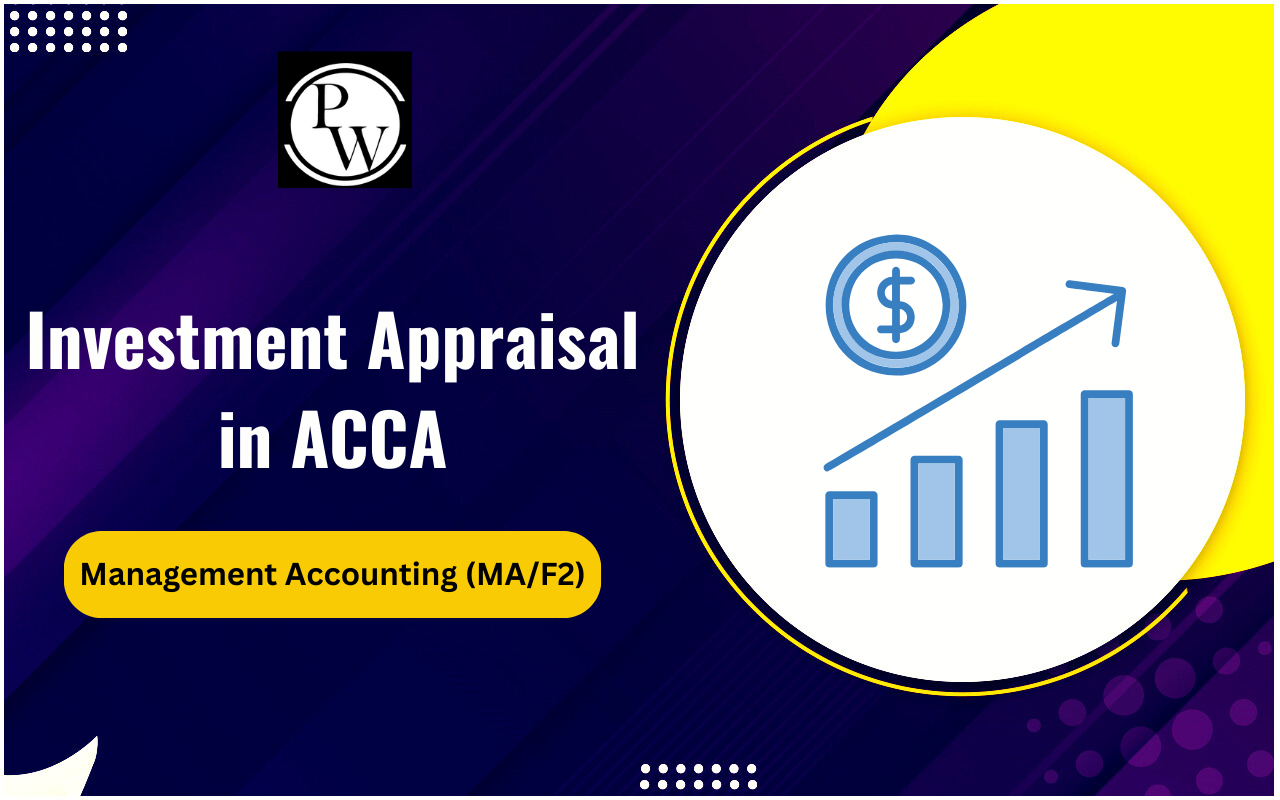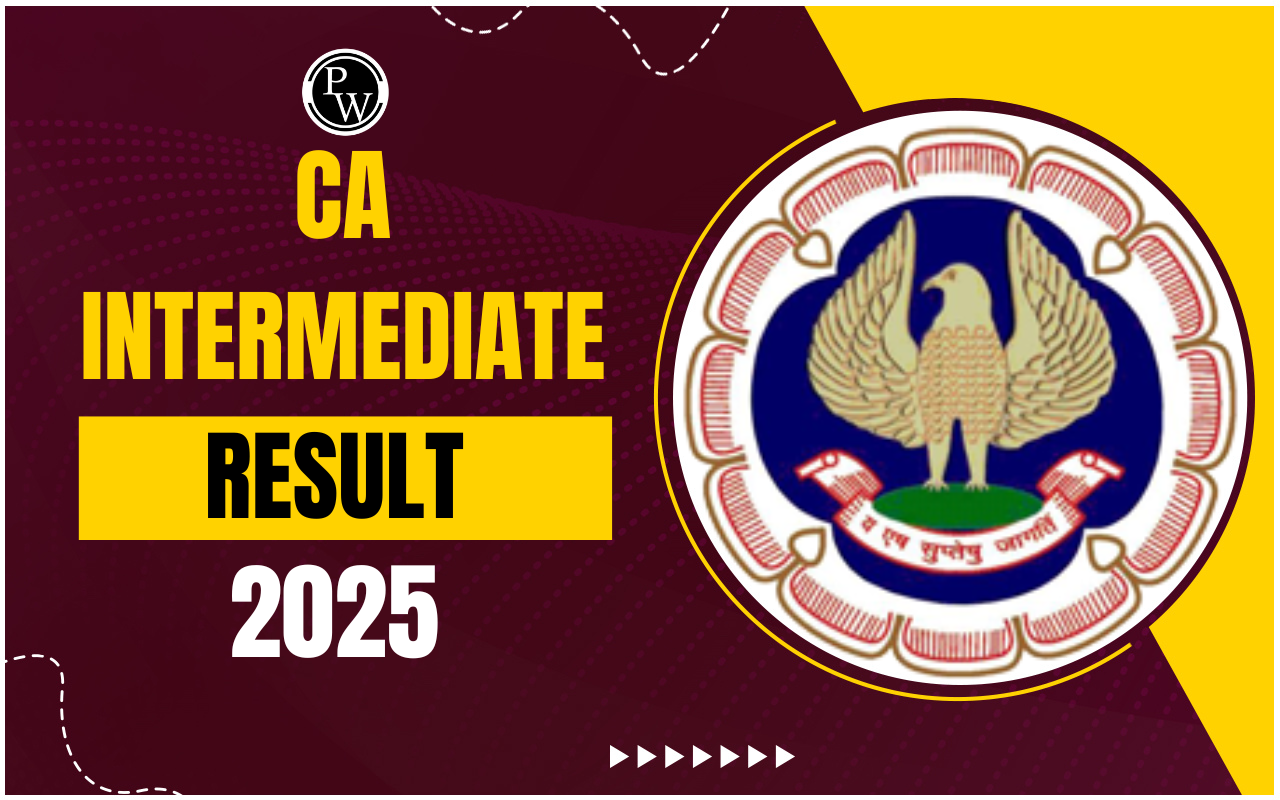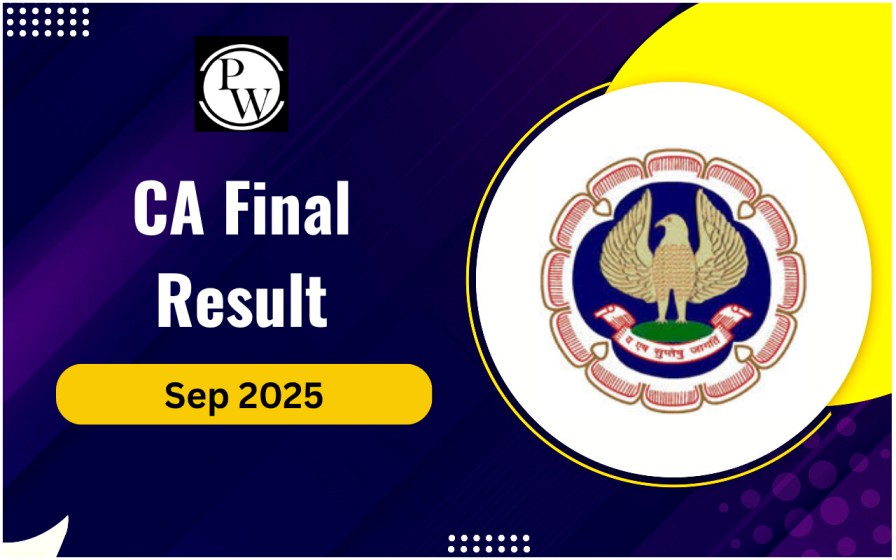
Understanding the computation of total income is essential for anyone navigating the world of taxation, especially aspiring Chartered Accountants. Total income is the base on which income tax is levied, and its accurate computation ensures compliance with the Income-tax Act, of 1961.
This article will guide you through the process step-by-step, breaking down the complexities into manageable insights for CA exams . With these steps, you’ll have a solid foundation to compute total income effectively, ensuring clarity and precision.
What is Total Income?
Total income refers to the taxable amount calculated after summing up an individual’s earnings from all sources and subtracting applicable deductions. It serves as the basis for levying income tax as per the provisions of the Income-tax Act, 1961. Total income is not merely gross earnings but the residual amount after considering exemptions, allowances, and deductions outlined in the law. For example, if an individual earns a salary, profits from a business, and rental income, all these incomes are aggregated under their respective heads. Next, exemptions (e.g., agricultural income) and deductions (e.g., under Section 80C) are applied. The resultant amount is the computation of total income, forming the foundation for tax calculation. The process ensures fairness by adjusting for non-taxable income and legitimate deductions, thereby reflecting the true taxable capacity of the assessee.Steps for Computation of Total Income
Income tax is charged on the total income of an individual or entity. To determine this total income, it must be calculated according to the guidelines set out in the Income Tax Act, 1961. Let's break down the process of calculating total income for income tax purposes step by step.Step 1: Determination of Residential Status
The residential status of an individual is the first step in computing total income. The Income-tax Act defines residential status based on the duration of the person’s stay in India during the financial year. A person can be:- Resident and Ordinarily Resident (ROR): Global income is taxable.
- Resident but Not Ordinarily Resident (RNOR): Income earned or accrued in India is taxable.
- Non-Resident (NR): Only income earned or accrued in India is taxable.
Step 2: Classification of Income Under Different Heads
The Income-tax Act categorizes all incomes into five heads:- Salaries: Includes basic salary, allowances, and bonuses.
- Income from House Property: Rental income, minus deductions such as municipal taxes.
- Profits and Gains of Business or Profession: Net earnings from business activities.
- Capital Gains: Profits from the sale of capital assets like property or stocks.
- Income from Other Sources: Residual income such as dividends or lottery winnings.
Step 3: Exclusion of Income Not Chargeable to Tax
Certain incomes are entirely exempt from tax, such as:- Agricultural income.
- Share of profit from a partnership firm.
Step 4: Computation of Income Under Each Head
This step involves applying the specific rules for each income category. For example:- Salaries: Deduct exemptions like HRA or standard deductions.
- House Property: Deduct municipal taxes and home loan interest.
- Business or Profession: Subtract business expenses, depreciation, and other eligible deductions.
- Capital Gains: Deduct the indexed cost of acquisition from sale proceeds.
Step 5: Clubbing of Income
Income may need to be clubbed in cases where taxpayers divert income to family members to reduce tax liability. Examples include:- Income earned by a spouse from assets transferred by the taxpayer.
- Income of minor children, except in specific cases.
Also Check: Accounting for Reconstruction of Companies
Step 6: Set-Off and Carry Forward of Losses
Taxpayers often have profits from one source and losses from another. These losses can be:- Set-off within the same head
- Inter-head set-off
- Carried forward
Step 7: Computation of Gross Total Income
Gross Total Income (GTI) is calculated by aggregating the net income from all heads after clubbing income and setting off losses. It forms the base for applying deductions under Chapter VI-A of the Income-tax Act.Step 8: Deductions from Gross Total Income
Certain deductions reduce GTI to arrive at total income. Common deductions include:- Section 80C: Investments in PPF, ELSS, etc.
- Section 80D: Medical insurance premiums.
- Section 80G: Donations to eligible institutions.
Step 9: Total Income
The final total income is the taxable income. It’s rounded off to the nearest Rs. 10 and forms the base for tax calculation as per the applicable slab rates.Step 10: Application of Tax Rates and Additional Charges
Tax is calculated based on the slab rates. For example:- Income up to Rs. 2,50,000: No tax.
- Income from Rs. 2,50,001 to Rs. 5,00,000: Taxed at 5%.
- Surcharge: Applicable for high-income earners.
- Education Cess: Levied at 4% of income tax and surcharge.
| Also Check: | |
| AS 15 Employee Benefits | Process of Budget Making |
| Correlation and Regression | Probability |
| Construction Contracts | Trade Policy |
Computation of Total Income FAQs
What is the first step in the computation of total income?
Determining the residential status of the assessee is the first step.
Why is income classified into different heads?
Classification ensures that deductions and exemptions specific to each income type are applied correctly.
What is the difference between Gross Total Income and Total Income?
Gross Total Income includes all income before deductions; Total Income is the taxable income after deductions.
How are losses handled in the computation of total income?
Losses can be set off against profits and carried forward for future adjustments, subject to legal provisions.
What deductions are commonly claimed under Chapter VI-A?
Popular deductions include investments under Section 80C, medical insurance premiums under Section 80D, and donations under Section 80G.
Talk to a counsellorHave doubts? Our support team will be happy to assist you!

Check out these Related Articles
Free Learning Resources
PW Books
Notes (Class 10-12)
PW Study Materials
Notes (Class 6-9)
Ncert Solutions
Govt Exams
Class 6th to 12th Online Courses
Govt Job Exams Courses
UPSC Coaching
Defence Exam Coaching
Gate Exam Coaching
Other Exams
Know about Physics Wallah
Physics Wallah is an Indian edtech platform that provides accessible & comprehensive learning experiences to students from Class 6th to postgraduate level. We also provide extensive NCERT solutions, sample paper, NEET, JEE Mains, BITSAT previous year papers & more such resources to students. Physics Wallah also caters to over 3.5 million registered students and over 78 lakh+ Youtube subscribers with 4.8 rating on its app.
We Stand Out because
We provide students with intensive courses with India’s qualified & experienced faculties & mentors. PW strives to make the learning experience comprehensive and accessible for students of all sections of society. We believe in empowering every single student who couldn't dream of a good career in engineering and medical field earlier.
Our Key Focus Areas
Physics Wallah's main focus is to make the learning experience as economical as possible for all students. With our affordable courses like Lakshya, Udaan and Arjuna and many others, we have been able to provide a platform for lakhs of aspirants. From providing Chemistry, Maths, Physics formula to giving e-books of eminent authors like RD Sharma, RS Aggarwal and Lakhmir Singh, PW focuses on every single student's need for preparation.
What Makes Us Different
Physics Wallah strives to develop a comprehensive pedagogical structure for students, where they get a state-of-the-art learning experience with study material and resources. Apart from catering students preparing for JEE Mains and NEET, PW also provides study material for each state board like Uttar Pradesh, Bihar, and others
Copyright © 2025 Physicswallah Limited All rights reserved.
Get App









